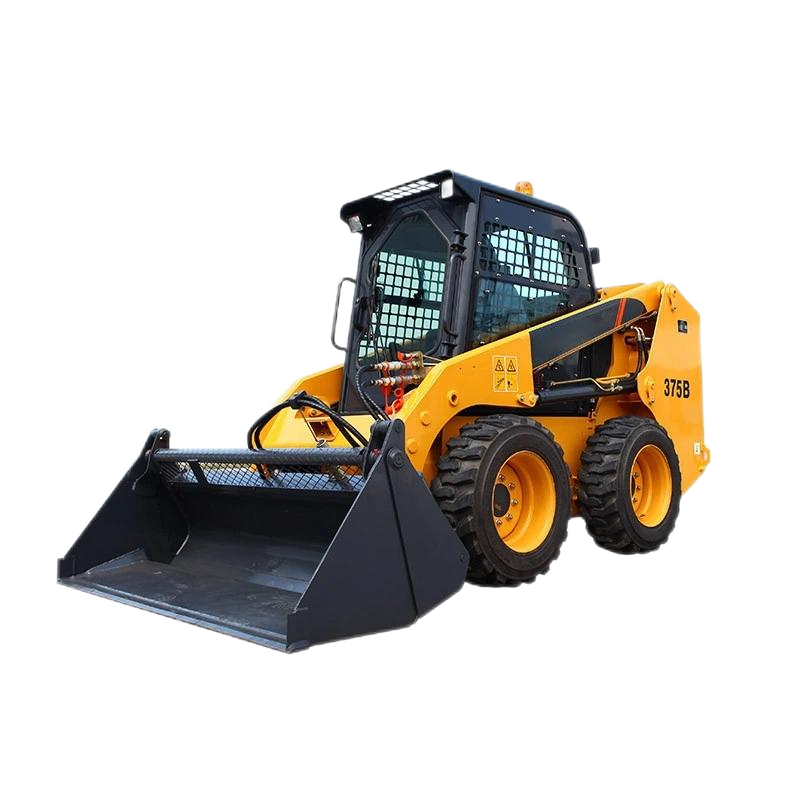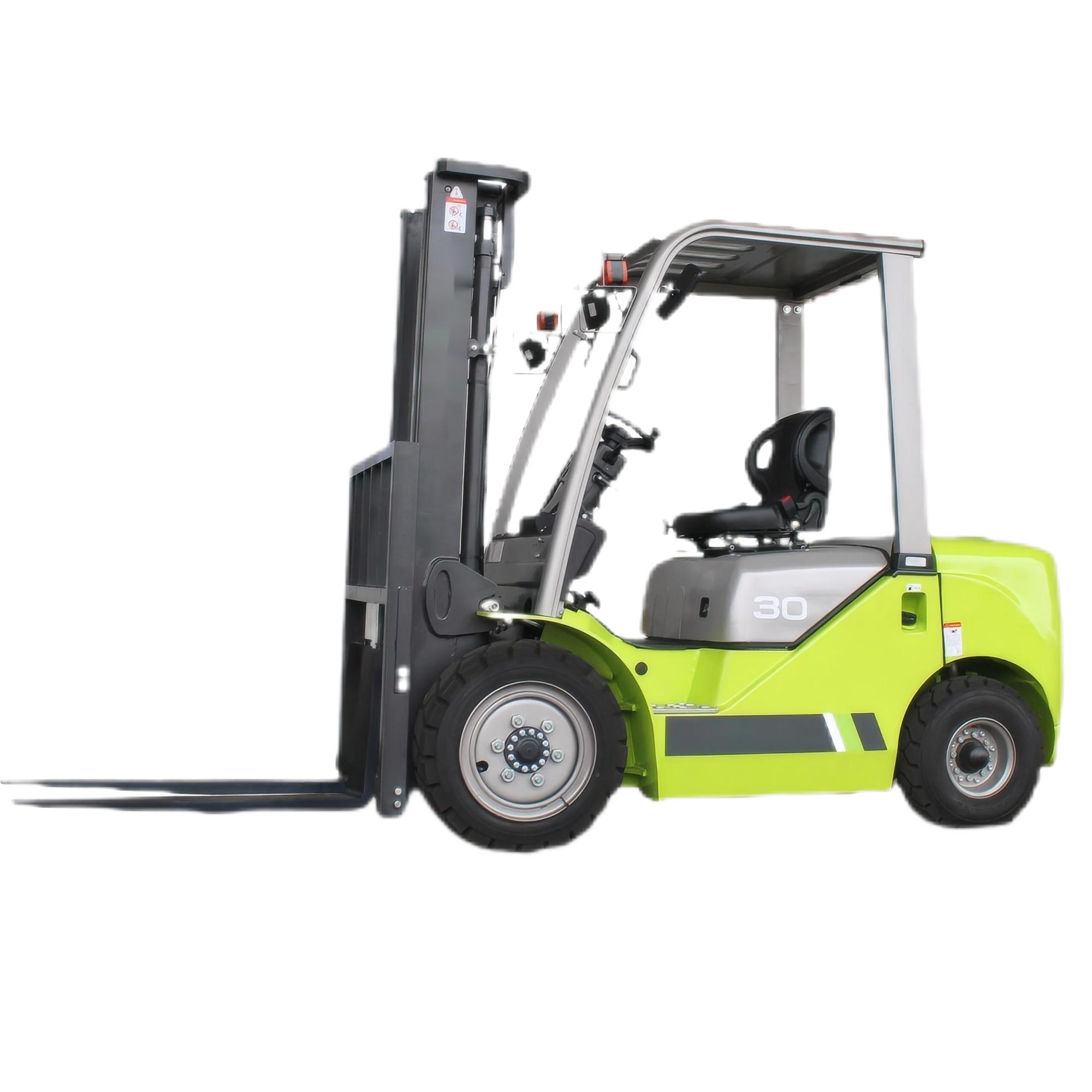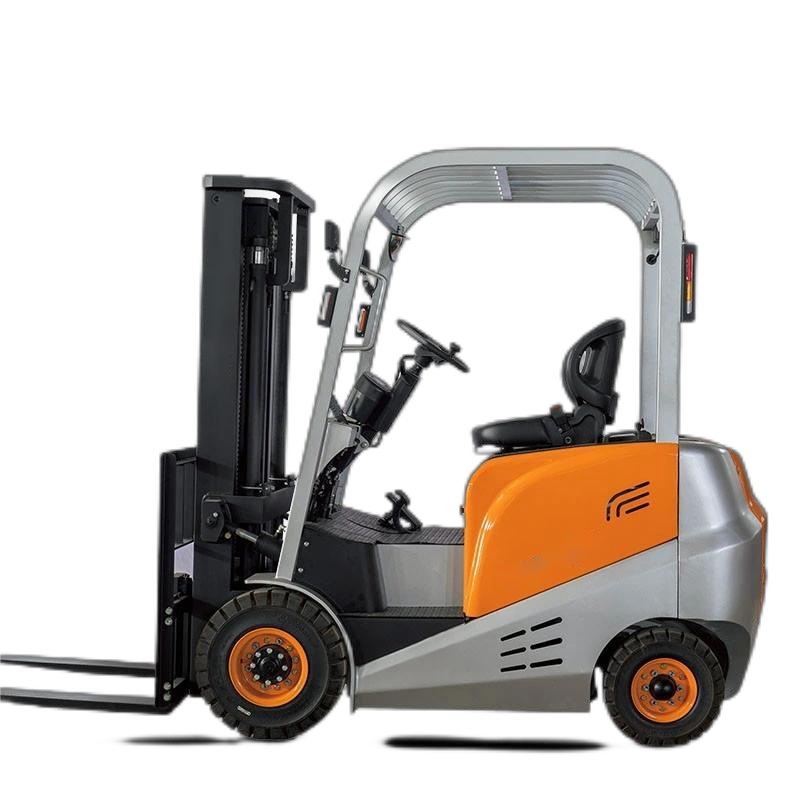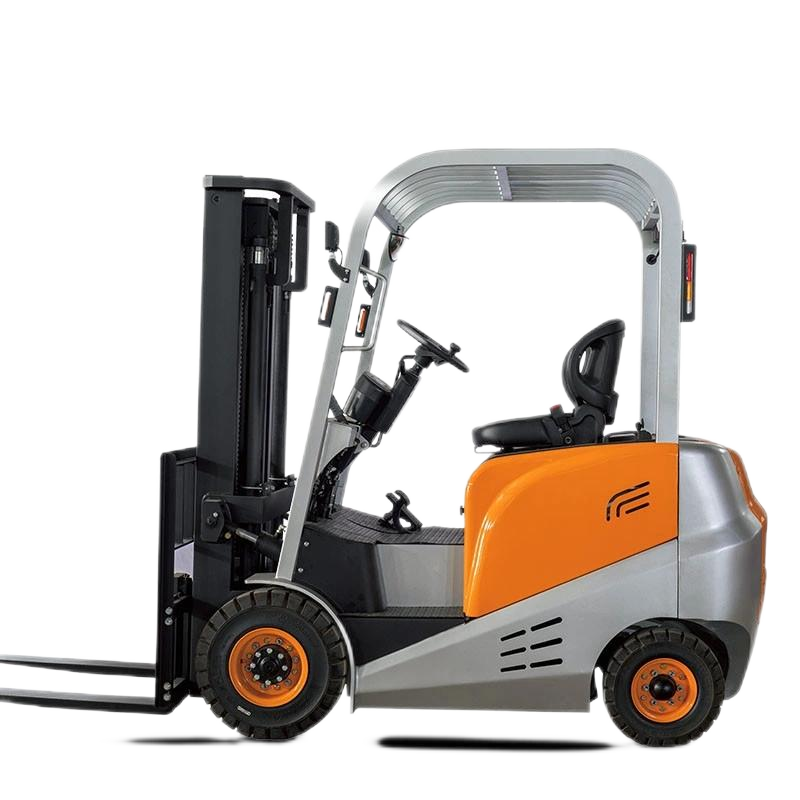(1) Infrastructure Projects: Medium and Large Tonnage as the "Main Force"
Highway Construction: 3-5 ton models are preferred, equipped with 2.8m³ rock buckets, which increase the efficiency of mountain excavation and rock breaking by 25% compared to traditional equipment; with a slope leveling function, the subgrade flatness error is ≤3mm, reducing manual secondary correction.

- Port Loading and Unloading: 7-10 ton "giants" come into play. Loaders with a single-bucket load capacity of 9 tons, combined with a super-large bucket capacity of 5.6m³, can load and unload 30 containers per hour, helping ports achieve a daily throughput of over 20,000 tons.
(2) Mining Operations: Tough Working Conditions Require "Hardcore Equipment"
- Open-Pit Mine Stripping: Models above 50 tons are recommended. The anti-wear coating on the bucket extends its service life by 50%. With an intelligent weighing system, overloading and frame damage are avoided, reducing daily operation costs by 15%.
- Underground Mine Transportation: Narrow-body models (width <2.4m) are essential. Explosion-proof engines meet the safety standards of gas mines, and the low-profile body can pass through 3m-diameter tunnels, solving the problem of underground space operations.
(3) Agriculture and Municipal Engineering: The "Fine Work" of Small Loaders
- Irrigation and Water Conservancy: 0.8-2 ton small loaders excel. With a bucket capacity of 0.85m³, they are suitable for operations on 3m-narrow field ridges. After installing a spiral drill, they can complete drilling an irrigation well with a diameter of 30cm and a depth of 2m in 10 minutes.
- Urban Maintenance: Small electric loaders (noise <70dB) become "night construction artifacts".








